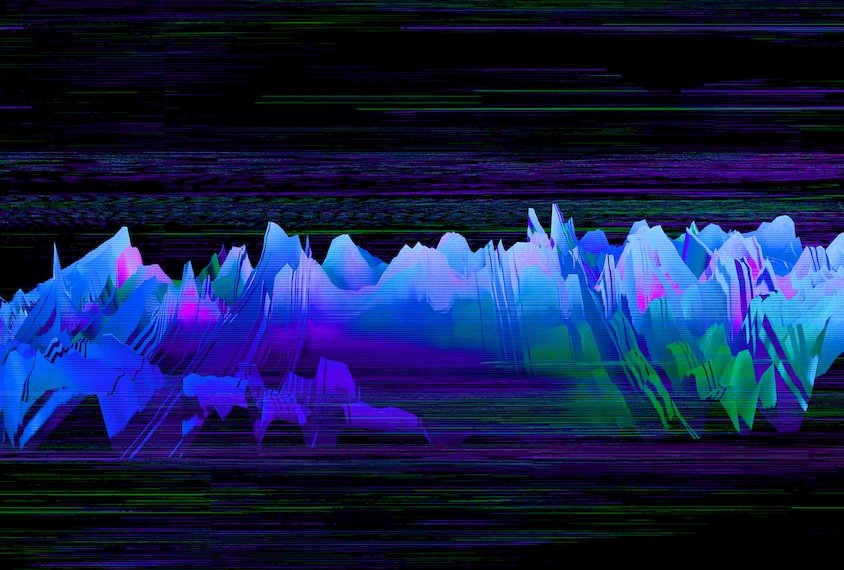Kate Tsiplova is a statistician with the Population Health Research Institute in Hamilton, Canada, and has also worked in the field of economic evaluation with Wendy Ungar at the Technology Assessment at Sick Kids in Toronto, Canada.

Kate Tsiplova
Statistician
Population Health Research Institute
From this contributor
Detecting a signal amid noise in autism early-intervention research
Studies of behavioral treatments for autism are complex and can easily be misunderstood. Here we provide some guidance.

Detecting a signal amid noise in autism early-intervention research
Explore more from The Transmitter
Some facial expressions are less reflexive than previously thought
A countenance such as a grimace activates many of the same cortical pathways as voluntary facial movements.

Some facial expressions are less reflexive than previously thought
A countenance such as a grimace activates many of the same cortical pathways as voluntary facial movements.
Cracking the neural code for emotional states
Rather than act as a simple switchboard for innate behaviors, the hypothalamus encodes an animal's internal state, which influences behavior.

Cracking the neural code for emotional states
Rather than act as a simple switchboard for innate behaviors, the hypothalamus encodes an animal's internal state, which influences behavior.
Alex Maier argues that a scientific explanation of consciousness requires grounding in formalized mathematics
When it comes to discovering laws of nature for consciousness similar to those in physics, Maier argues that integrated information theory is the only game in town.
Alex Maier argues that a scientific explanation of consciousness requires grounding in formalized mathematics
When it comes to discovering laws of nature for consciousness similar to those in physics, Maier argues that integrated information theory is the only game in town.